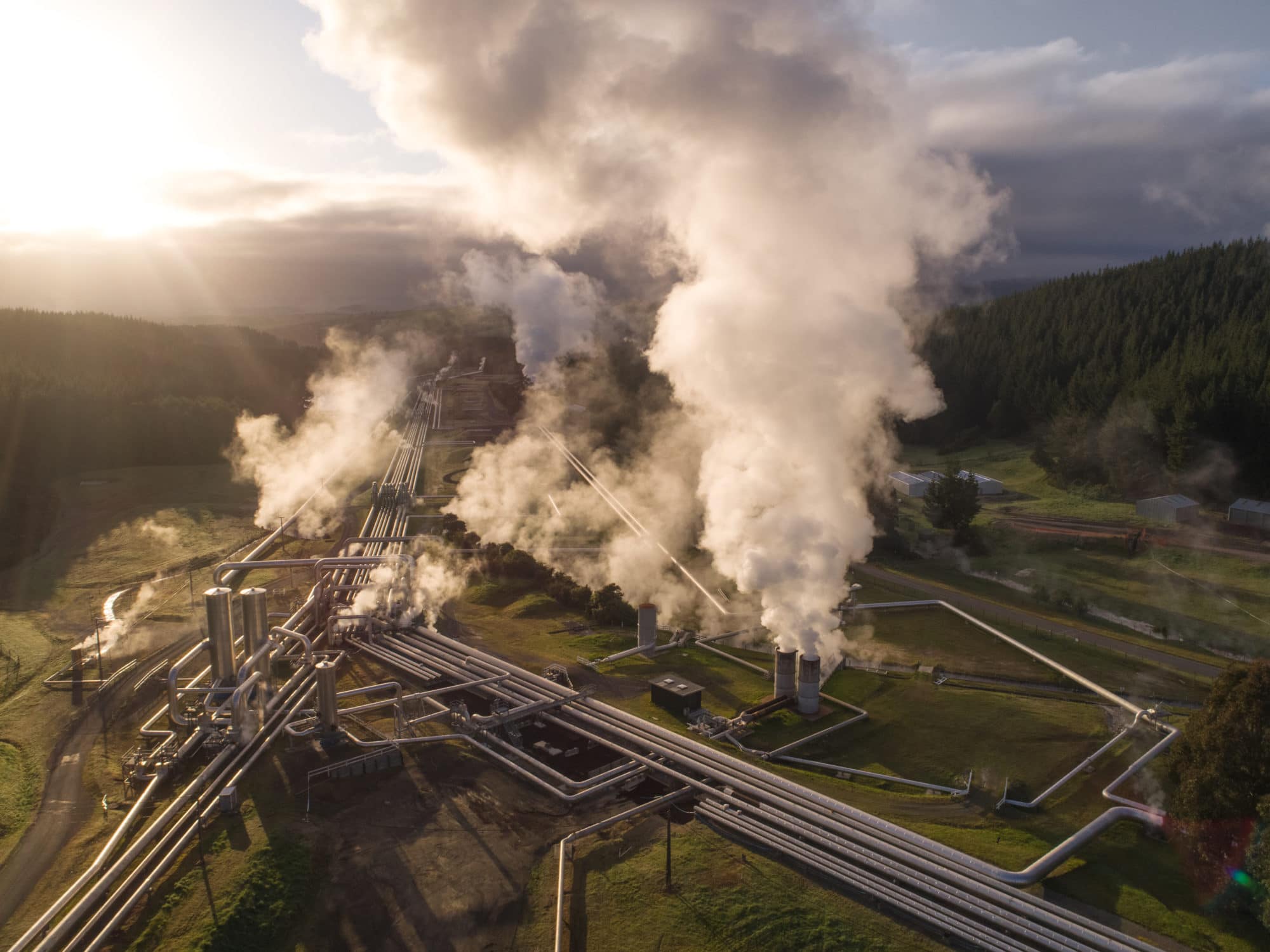Technology supports our ability to connect across many disciplines. For those working in geothermal energy, the connection of expertise is critical to being able to advance and expand the industry. Hear what our Energy Lyceum panelists said:
For Ken Reidel of Star Energy in Indonesia this means allowing “multidisciplinary teams to look at the same information at the same time when they are making asset management decisions.” He goes on to say this is not about combining data into one grand unified model, but allowing all users to have one window into all the properties the models have in common, where the workflow is more collaborative and less linear and iterative.
Better connection is realised when we share more datasets and interpretations across disciplines and sites. Other panelist Lara Owens spoke about stepping back from using only perfect physical models that are mathematically sound and connected to physics, and adding empirical models that also focus on processes and results, to enrich our thinking and interpretations.
Rosalind Archer, Director of the Geothermal Institute at the University of Auckland thinks we will see more machine learning used in how we view and interpret geothermal data. She goes on to acknowledge that “machine learning doesn’t necessarily have the answer” but it can introduce new avenues of enquiry. For example, “If you put the machine interpretation in front of a human, it can prompt new and different thinking.”
Jeff Caranto of the Energy Development Corporation in the Philippines takes a wider view, and feels that community knowledge, environmental and conservation data has to be included in the conceptual models as part of the project development. He goes on to say that as a model gets more complex with the addition of physical data, the “non-physical information gives important meaning and context” and that adding outside expertise will result in better project outcomes. There are many ways geothermal experts are coming together to solve challenges across the industry. Technology plays a critical\ role by increasing our capacity to create and share data, but our ability to change thinking and innovate through connections is what underpins it all.
Marit Brommer, Executive Director of the International Geothermal Association and Katherine Young, Geothermal Program Manager at the US Renewable Energy Laboratory spoke with Clare Baxter of Seequent about their involvement with Women in Geothermal (WING) and about the future of the geothermal industry.
”“The real value of geothermal is going to be in the energy transition space.
Marit Bromer
It’s going to take the integration of all renewable technologies working together to build smart cities and sustainable buildings, to reduce our carbon footprint and meet the terms of commitments like the green deal in Europe.
You can do so much more beyond electricity. There are great baseload power suppliers, but there is opportunity to use the non-used part of the heat, for greenhouses, health and wellbeing, etc. And this entrepreneurial thinking and the development of associated technologies is just getting started and it’s very exciting.”
”“Geothermal is a resource with a small visible footprint and this means we aren’t like wind or solar where you can see the panels on your neighbour’s roof or see the giant turbine. This low visibility is great in terms of our environmental profile, but not great for our commercial profile. We have to work together to show we are part of future energy solutions and use conversations about renewables to really promote geothermal potential. The Department of Energy in the US at sites like FORGE, are working on ways to have geothermal anywhere. Not just for large power supplies but for direct use for heating and agriculture and community farming, making it local and available. It’s an exciting time to be part of the energy sector where we are making a transition from traditional energy sources to new ways of thinking about geothermal anywhere.”
Katherine Young





